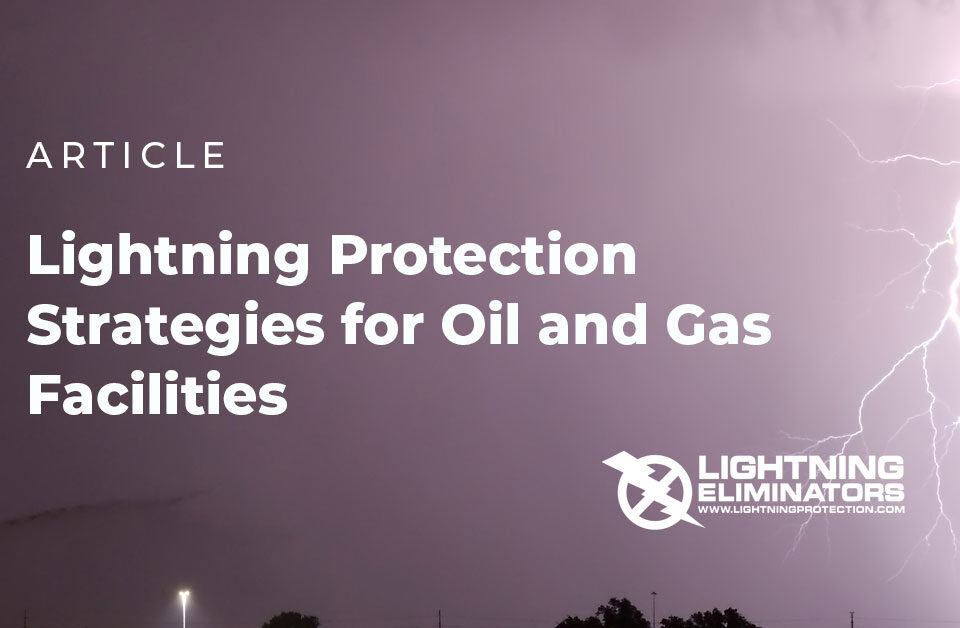- We Prevent Lightning Related Problems.
Modern Lightning Protection
March 29, 2022Surge Protection Devices – Can they solve all Surge Problems?
April 20, 2022Why & When to Install a Lightning Protection System
Why and When to Install A Lightning Protection System
Strikes, strokes, flashes and bolts, thunder or lightning, all refer to the same occurrence, and are often used interchangeably.
When electrical charges build-up inside a cloud such that release is imminent, a lightning bolt is created. The bolt is a spark which carries the charges stored in the cloud. Damage occurs from the high current flowing to the earth from the cloud.
Did you know, a lightning strike is not a single bolt, contrary to popular belief, but is several bolts strung together? These strokes connect to each other, forming the lightning bolt which we observe striking the earth.
A single lightning strike can be a disaster for a business or community if it disrupts mission critical operations.
Fortunately, lightning related disruptions and damage can be prevented by using technologies now available. A properly designed and integrated system of low resistance/low impedance facility grounding, potential equalization, and SPDs can effectively protect today’s digital systems, while a structural lightning protection system protects the building that houses them.
These are some of the Factors you will need to consider while accessing our level of need for lightning protection:
- History of Thunderstorms in vicinity of your facility
- Nature Of Structure and Contents
- Exposures to surrounding facilities
- Terrain
- And any Indirect Losses
The National Fire Protection Association, NFPA, recommends serious consideration of lightning protection if any of the following factors are present:
- Large crowds
- High lightning-flash frequency
- Tall, isolated structures
- Explosive or flammable content
- Irreplaceable cultural heritage
- Regulatory or insurance requirements
- Continuity of critical services
When is the best time to plan for lightning protection?
- During Construction
- During Examination Of Structure
- During Path to Ground Testing
- During Soil Resistivity Testing
Why install a lightning protection system by LEC?
By installing Dissipation Array System, patented by LEC, you can limit the build-up of static charge on the area of protection and discourage secondary and EMP effect, damage to equipment and disruptions in operations caused by direct or nearby lightning strikes thereby enhancing site reliability.
For over 50 years LEC has been installing DAS Lightning Protection Systems to prevent lightning related damage to sites varying in size from a single tower to an area close to 1.5 square kilometers. Any time of the year in almost every country you can find the LEC engineering and installation teams on the road traveling to customer sites for site surveys, installations and maintenance services.

